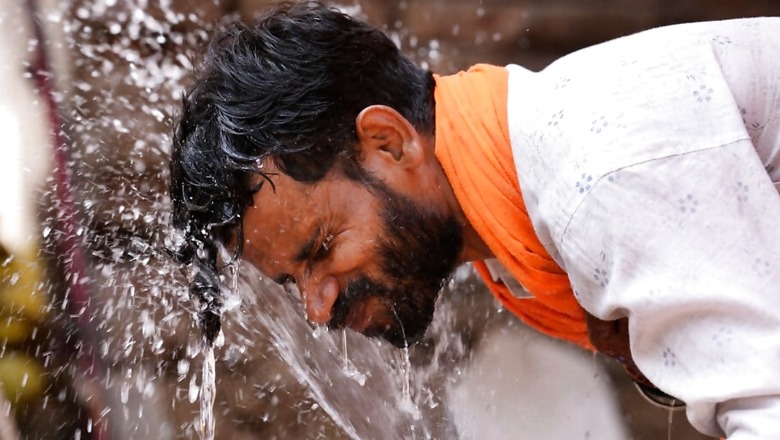
views
The quality of drinking water in ten villages in Uttar Pradesh’s Kannauj district was deemed unsafe, raising serious health concerns for residents. Recent investigations revealed that the water in these areas was not potable, posing significant health risks if consumed. The primary causes of the contamination included a persistent decline in water levels and excessive use of chemicals in agricultural fields. If prompt action is not taken, the contaminated water could lead to severe health issues or even fatalities.
The issue was uncovered during a quality assessment conducted under the ‘Har Ghar Jal Yojana’. The government body’s inspection of water sources across all Gram Panchayats in the district revealed that the water quality in these ten villages fell below acceptable standards.
The water quality in these villages was found to be unsafe for consumption:
- Saidhi village of Sadar block
- Rohli village in Tala Gram block
- Malikpur and Rajupur villages in Gugrapur block
- Patti village in Umarda block
- Rajpur village in Haseran block
- Dalupur village
- Sultanpur village
- Sadarpur, Dwarikapur and Mahmoodpur villages
- Jagir and Khanpur villages
- Kasava village in Chhibramau block
In these locations, water turbidity levels exceed 5%, which is the maximum acceptable limit for potable water. The turbidity in these areas ranges between 6% and 10%, significantly higher than the safe threshold. This contamination poses a serious health risk to residents and requires immediate attention.
Amjad Khan, the in-charge of the divisional laboratory at UP Jal Nigam, highlighted that the district’s decreasing groundwater levels were a primary cause of water pollution. This decline was leading to the presence of harmful contaminants such as nitrogen, chloride, fluoride, arsenic, lead, selenium, and uranium in the water supply. Although the fluoride levels remained relatively low, the overall contamination posed a significant risk to public health.
Surendra Kumar, Executive Engineer at Jal Nigam, announced that deep boring will be conducted in the villages where poor water quality was detected during the investigation. He clarified that harmful elements such as nitrate, chloride, arsenic, lead, selenium, and uranium have not been found in the district. The primary issue identified is high turbidity, which will be addressed promptly. However, Kumar emphasised the need for vigilance, as the increased use of chemicals in agriculture could significantly contribute to water contamination in the future.




















Comments
0 comment